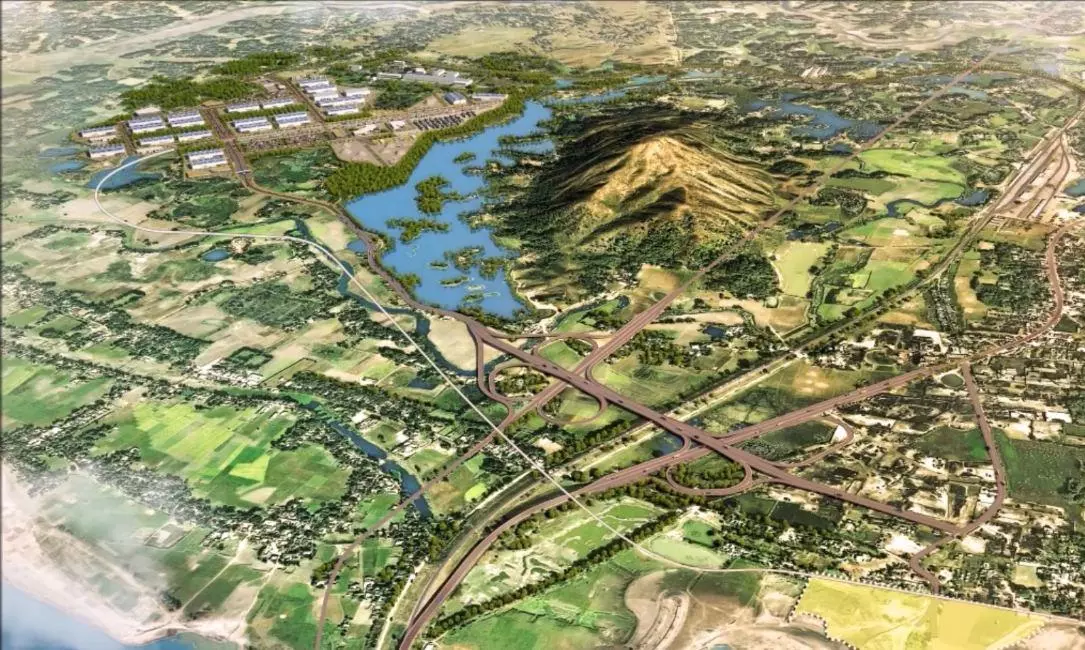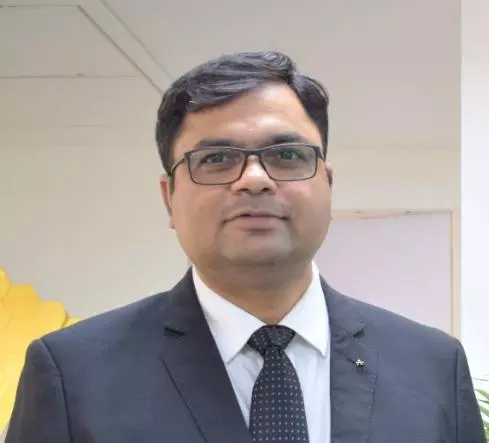Making India a multimodal logistics hub; a near dream
In order to strengthen, India's position in the global value chain, the government has approved The Integrated Multi-Modal Logistics Hub which is being developed in North India in an area of over 900 acres in Nangal Chaudhary (Mahendragarh) as the largest Integrated Logistics Hub.

Logistics is the barometer of any country's economy. After two turbulent years filled with chaos and uncertainty, the logistics industry is all geared up to make India the multimodal logistics hub. The efficiency of logistics is an important supporter of policies such as "Make in India" and the nationwide implementation of the Goods and Services Tax. The year 2017 saw the first time that logistics was granted "industry status". The newly created logistics division was established in the department of commerce, ministry of commerce, and industry of India in order to provide support for institutions. On September 17, 2022, the National Logistics Policy was launched by prime minister Narendra Modi on his birthday.
The Vision of NLP is to provide a tech-enabled integrated, cost-effective, resilient, sustainable & trusted Logistics ecosystem in the country. The main Targets behind NLP are reducing the costs of Logistics in comparison with Global Benchmarks by 2030, improving India's Logistics Performance Index ranking among the top 25 countries by 2030 & creating an efficient logistics system in the country.
In this line, the government has already been working for the last two to three years. To strengthen, India's position in the global value chain, the government has approved The Integrated Multi-Modal Logistics Hub which is being developed in North India in an area of over 900 acres in Nangal Chaudhary (Mahendragarh) as the largest Integrated Logistics Hub.
Heading with another commendable initiative, the government introduced the PM Gati Shakti National Master Plan which is driven by seven engines: mass transport, roads, ports, airports, railways, waterways, and logistics infrastructure. It Is a transformative approach to achieving and supporting sustainable development.
These seven engines will pull the economy forward as stated by finance minister, Nirmala Sitharaman when introducing the budget for 2022. Rs. 20,000 crores have been allotted to speed up the project. In unison with technology, the 100 PM Gati Shakti Cargo terminals will be developed over the next three years which will act as a catalyst in the progress of the logistics sector.
A boost in Logistics connectivity and improvement in last-mile deliveries because of the new proposed measures under the PM Gati Shakti plan for expanding the National Highway Network by 25,000 km in 2022-23.
In a move to materialize the dream of making India a multi-modal cargo hub, the government planned to set up a multi-modal Logistics Park with the commencement of the tripartite agreement which was signed by National Highways Logistics Management Ltd (NHLML), Inland Waterways Authority of India (IWAI) and Rail Vikas Nigam Ltd (RVNL).
Setting up the Multimodal Logistics Park will contribute to centralizing freight consolidation and reduce logistics costs to less than 10% of GDP at par with International Standards which is now at a solid 14%.
The MMLP will incorporate multiple freight transport modes through highways, inland waterways, and railways. The agreement emphasizes collaboration between the three bodies and will facilitate logistics movement efficiently within the country.
The MMLP will be a facility with road and rail accessibility, comprising the cargo terminal, warehouses, and cold storage. It will also develop a large-scale warehousing facility for different types of commodities. It will be a one-stop solution for cargo-related services like customs clearance warehousing etc.
Another remarkable decision that enhanced the logistics scenario in the country is the incorporation of FASTag and the GST e-way billing system. A Memorandum of Understanding (MoU) was signed between the Indian Highways Management Company Ltd. (IHMCL) and Goods and Services Tax Network (GSTN) in October 2019 to assist the process. It helped the revenue authorities to track the movement of transport vehicles and control tax evasion and thus aid supply chain management firms by enhancing operational proficiency.
As Highlighted in NLP a tech-enabled Logistics Industry is the only solution to bringing the logistics costs down & hence the government is working on integrating the various stakeholders of the logistics industry through ULIP. We also are already tech-ready with our smart systems providing Multimodal Logistics options on a single platform integrating all the stakeholders right from transporters, Shipping Lines, and Custom house agents to last-mile deliveries of EXIM Logistics. Thus, enabling a substantial reduction in the logistics cost & bringing transparency in the information shared with different stakeholders.
Furthermore, an ambitious project taken up by the Government of India is the Commission of Dedicated freight corridor to decongest the road network by transferring it to efficient rail transport. Even though the Indian railways carry over 1200 million tonnes of freight globally placing itself at the fourth spot, the freight trains of India operate at the same railway lines as passenger trains in the absence of dedicated lines. This amounts to the preference given to passenger trains over freight trains which cause delays in the movement of goods in the country.
The inclusion of DFCs in India will bring about a drastic change and will reduce the cost of logistics in India which is currently 13%-15% of the cost of the goods. This project will triple the movement of goods. Another project: the Delhi- Mumbai expressway will play a significant role in improving the economy of the country. It will bring down the logistics cost by 70% across the country.
These initiatives will be a game changer for the logistics industry and will be imperative to India's journey to become a multi-modal cargo hub. It is a near dream which will transform into a reality very soon with the strategic solutions implemented. With the implementation of NLP these plans seem to be coming close to being a reality.
The views and opinions expressed in this article are those of the author and do not necessarily reflect the views of Indian Transport & Logistics News.



